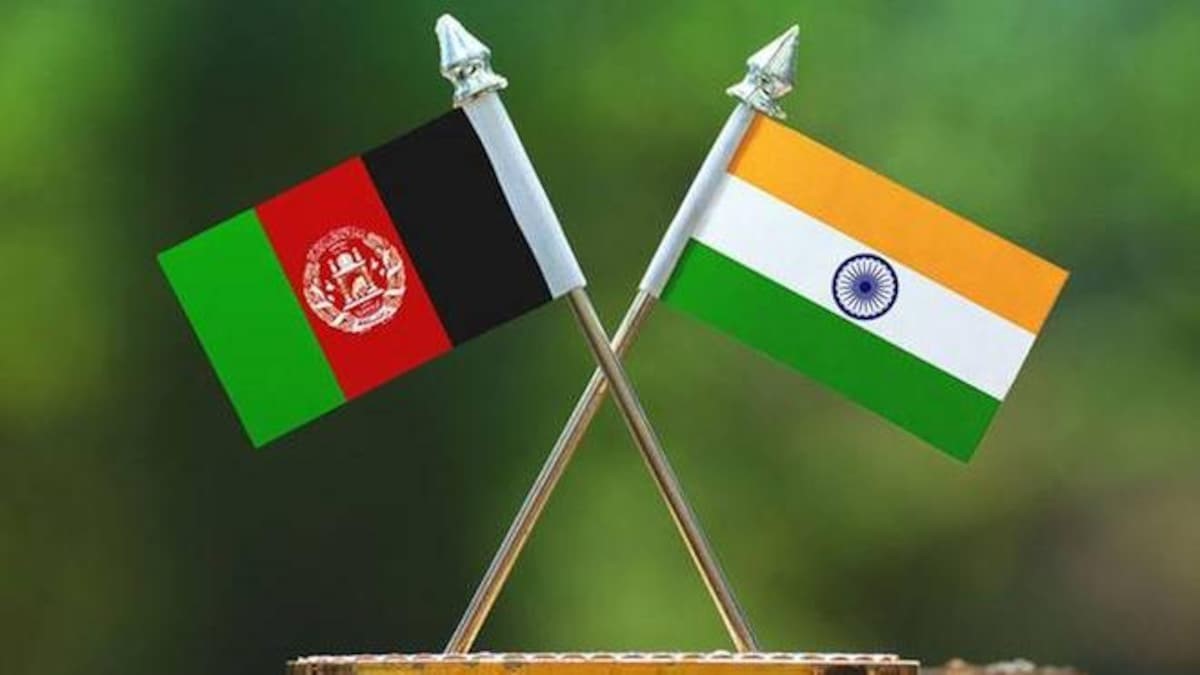Pakistan’s Afghan Strategy : From Strategic Depth to Strategic Ditch
Syllabus:
GS – 2– India and its relations with Afghanistan , Foreign policy of India
Focus :
The article examines Pakistan’s evolving Afghan strategy, highlighting the challenges posed by the Taliban’s return to power in Kabul. It delves into Pakistan’s support for extremist groups, the Tehrik-e-Taliban Pakistan (TTP) threat, rising cross-border tensions, and Afghanistan’s refusal to accept the Durand Line. It underscores how Pakistan’s policies have rebounded, creating strategic and security dilemmas.
Introduction: Pakistan’s Afghan Strategy and Its Fallout
- Pakistan’s involvement in Afghanistan has been a cornerstone of its security and foreign policy.
- Initial aim: Create “strategic depth” against India by supporting the Afghan Taliban.
- Afghanistan has turned into a “strategic ditch,” complicating Pakistan’s security.
- Taliban’s return to power has intensified regional instability, cross-border terrorism, and ideological extremism.
Rising Terrorism and Security Challenges
- Statistics on Counter-Terrorism Efforts (2024):
- Pakistani forces conducted 60,000 intelligence-based operations.
- 383 security personnel lost their lives; 925 terrorists killed.
- The Role of the TTP:
- Alleged safe havens in Afghanistan fuel the TTP’s attacks on Pakistan.
- TTP and Afghan Taliban share ideological affinities, complicating Pakistan’s position.
- Retaliatory Airstrikes:
- Pakistan bombed alleged TTP targets in Afghanistan (December 2024).
- Afghanistan retaliated, claiming strikes beyond the Durand Line, escalating tensions.
Diplomatic Efforts and Their Shortcomings
- Pakistan’s special representative for Afghanistan visited Kabul in December 2024.
- Objective: De-escalate tensions and resolve cross-border issues.
- Failure: Airstrikes during the visit undermined diplomatic efforts.
Afghanistan’s Response: Challenges over the Durand Line
- Afghan Taliban refuses to recognize the Durand Line as the legitimate border.
- Frequent clashes over border fencing fuel mistrust.
- Afghan Taliban’s tacit endorsement of Pashtun nationalism exacerbates tensions.
Strategic Missteps and Historical Errors
- Support for Extremist Groups:
- Pakistan’s historical support for the Afghan Taliban and Haqqani network backfired.
- Policy aimed at creating an anti-India alliance has instead destabilized the region.
- Miscalculation of Taliban-TTP Nexus:
- Assumption: Afghan Taliban would curb TTP activities.
- Reality: Both share a common ideological foundation.
Economic and Political Implications
- Cross-border terrorism disrupts Pakistan’s internal stability.
- Economic challenges compounded by strained relations with Afghanistan.
- Public demand for retaliatory action increases pressure on Pakistan’s government.
The Pashtunistan Puzzle and Afghan Irredentism
- No Afghan regime, including the Taliban, accepts the Durand Line.
- Pakistan faces renewed fears of a “greater Pashtunistan” movement.
- Afghan Taliban’s refusal to treat Khyber Pakhtunkhwa as part of Pakistan fuels these fears.
Seeking International Support: A Policy Contradiction
- Pakistani officials have sought U.S. assistance, including drone bases, to target militants in Afghanistan.
- Contradiction: Pakistan earlier criticized U.S. involvement in the region.
- Suggests a lack of cohesive strategy in addressing the Afghan-TTP challenge.
Conclusion: Lessons for Pakistan’s Security Policy
- Pakistan’s Afghan policy has failed to achieve its intended objectives.
- The Taliban’s return has increased regional instability, challenging Pakistan’s security establishment.
- Need for a recalibrated strategy that addresses internal security and regional cooperation.
Associated Article
https://universalinstitutions.com/three-neighbourhood-questions/
Mains UPSC Question GS 2
Pakistan’s Afghan strategy has evolved from creating “strategic depth” to dealing with a “strategic ditch.” Analyze the impact of the Taliban’s return to power in Afghanistan on Pakistan’s security and foreign policy. Suggest measures to address these challenges. (250 words).





